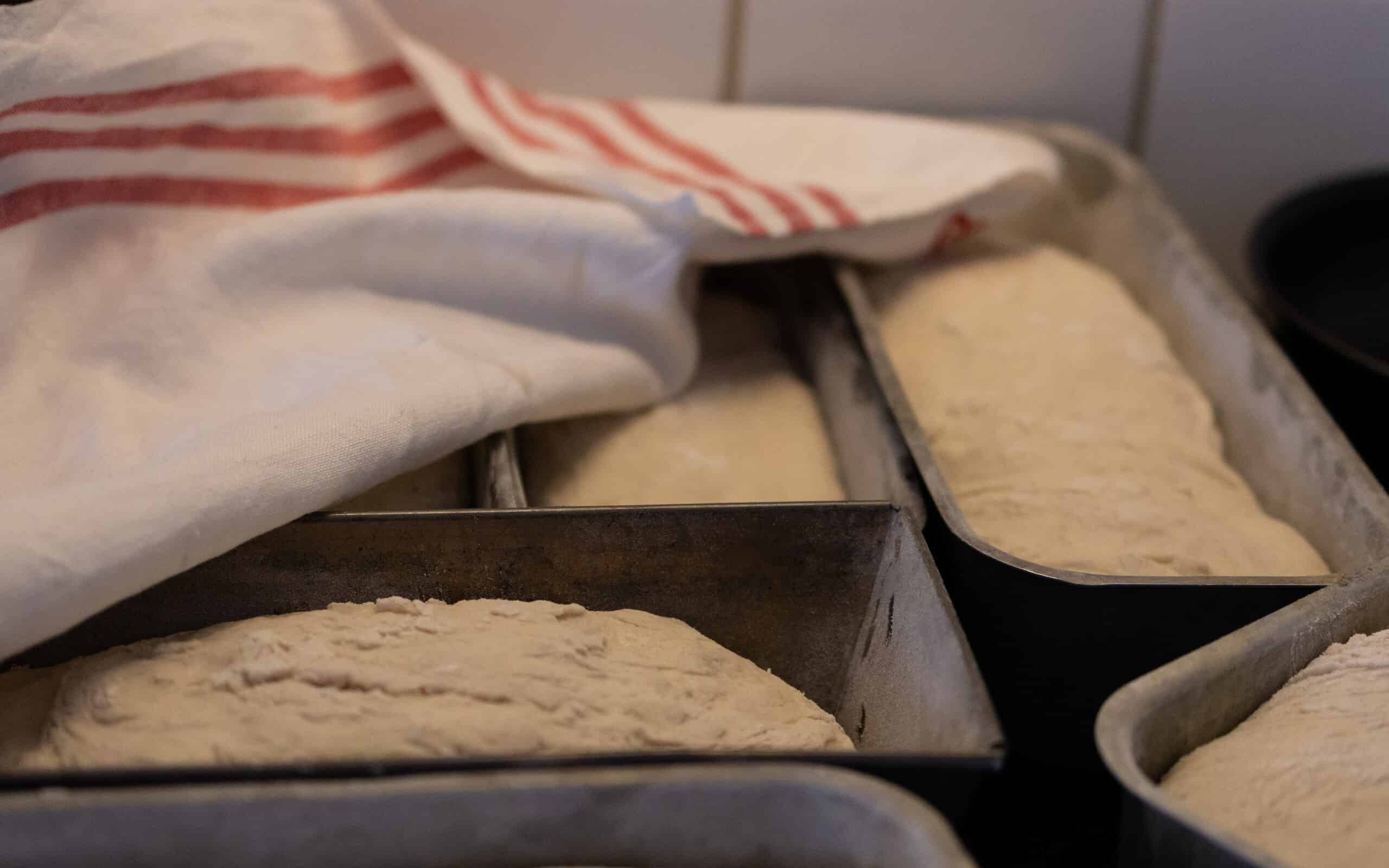When it comes to picking a recipe, sometimes it takes work to know what the best tool for the job is. This is especially common when it comes to baking, and while the age of the yeast or the quality of cocoa powder matters, so does the baking dish. And one common area of confusion is whether to use metal or glass.
Two of the most popular options for baking, metal and glass, each possesses unique properties that can influence how your baked goods turn out. Understanding the advantages and considerations of baking with metal and glass cookware is essential for achieving the desired results.
By understanding the properties of each material and their impact on baking, you'll be equipped with the knowledge to choose the right cookware for your specific recipes and preferences. Whether you're aiming for quick and crispy results with metal or a gentler and even bake with glass, this guide will help you make an informed decision and elevate your baking endeavors.
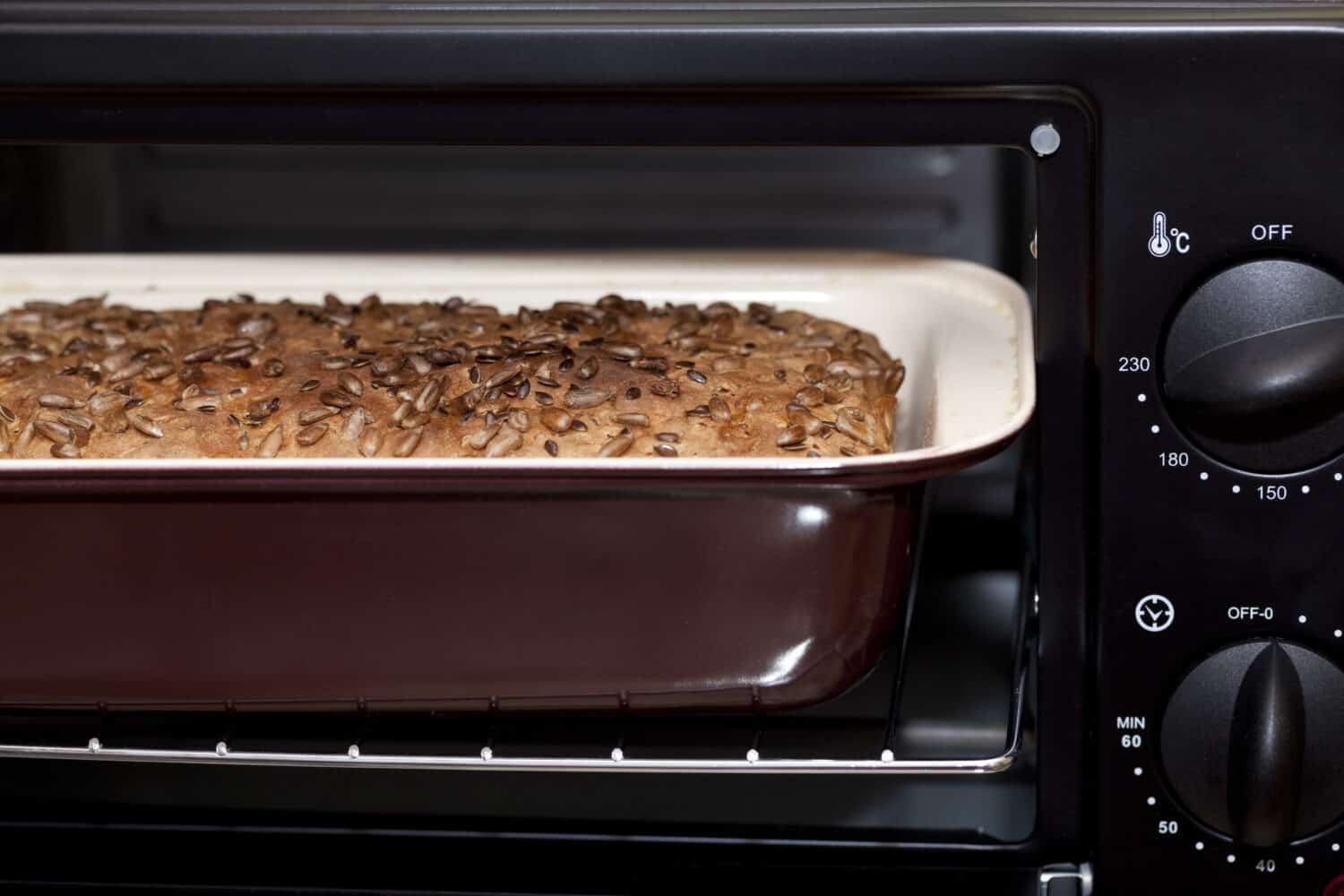
©dabjola/Shutterstock.com
Baking with Glass
Glass baking pan has a substantial amount of weight and takes some time to heat compared to metal, but it retains that heat for much longer once it's hot. When you opt to use glass cookware to bake something like cookies or a cake, you will discover that the edges, as well as the bottom, turn brown at a much quicker rate compared to how the inside cooks.
Because of this rationale, glass is highly recommended for foods that require baking at an average temperature for some time and then if you prefer the food to stay warm inside the oven. A perfect example would be if you must bake a cake or any other comparably treats that are sugary, glass would be the perfect item to use to get perfect results. If you choose to bake using a glass dish, a lot of bakers advise decreasing the temperature of the oven by at least 25 degrees to completely minimize your risk of charring your dish.
It is also important to note that glass cannot withstand high heat and is unable to handle temperature changes from intense temperatures to another very well. Avoid taking a glass pan directly from extremely cold temperatures as much as you can and immediately set it into a highly heated oven, as it could easily crack.
Glass has a very limited ability to react with foods that are highly acidic, so you do not need to be concerned about having the likes of tomatoes, citrus, and berries, to directly come into contact with the glass dish. An advantage of glass is that it is visible. Less experienced bakers are advised to opt for a glass pie dish. This assists them to be able to observe better how crispy or brown the bottom of their crust is.
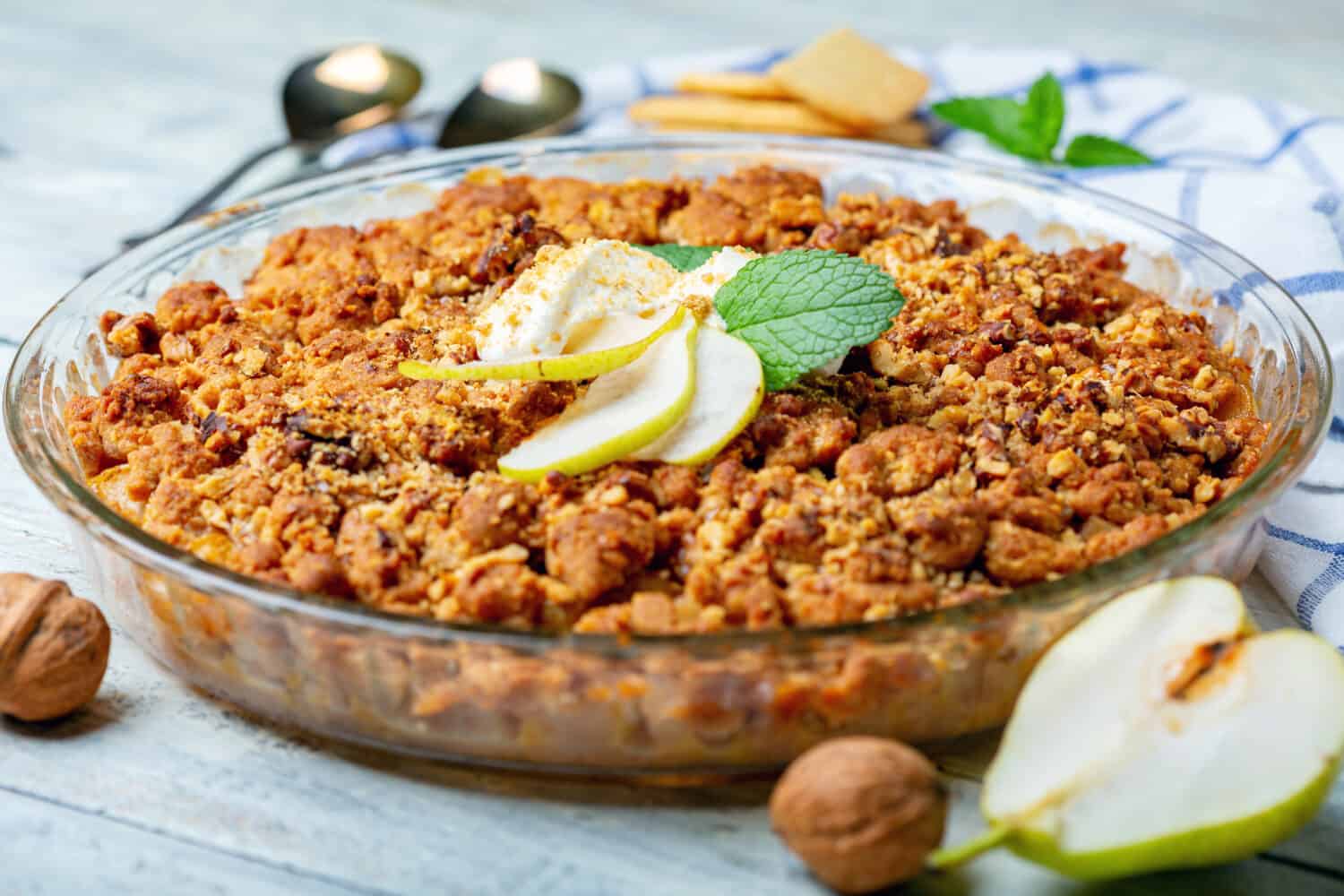
©SMarina/Shutterstock.com
Another advantage of glass cookware is that it keeps food hotter for a long period of time even after you take it out of the oven since glass retains heat much better.
The foods that benefit the most from cooking in a glass baking dish are pies; casseroles; baked pasta like lasagna; cobblers; fruit crumbles; bread pudding; and other foods that are cooked at low heat.
Baking with Metal
Metal is the way to go for most recipe classifications that pop to mind when one thinks of “baking”. Metal pans are known to be great conductors of heat; this also means that they heat up very quickly when placed in the oven, but in turn, they are also very quick to cool down once they are removed from the source of heat.
Baking with metal pans is great for achieving pleasant results. This is because it allows you to acquire even browning, especially on foods that can be cooked for a short period of time, like cookies or chocolate bars.
It is very important to note and keep in mind that the color of the metal and also the coating in the pan have a very high impact on how the contents cook. This simply means that metal pans that are dark in color have the ability to absorb more heat which will result in causing the baked goods to cook faster and also result in over-browning on the outside. The same applies to pans that are dull or have a matte finish.
Another quality you need to also remember when it comes to metal cookware is that it highly reacts to acidic foods, and it is advisable that you avoid having some types of food come into direct contact with the pan. If you end up using a metal or cast-iron pan for foods that have citrus or lemon, they might cause the fruit to tarnish and leave a very unpleasant metallic flavor that nobody will enjoy.
Metal pans are better heat conductors, meaning the food inside cooks more evenly. Most baking recipes for cakes, muffins, cupcakes, coffee cakes, banana bread, cookies, biscuits, and brownies call for metal bakeware. Most cake pans and baking sheets are made of some metal, whether it’s stainless steel or aluminum pans. Metal bakeware holds up to high temperatures well, making it suitable for roasting or broiling.
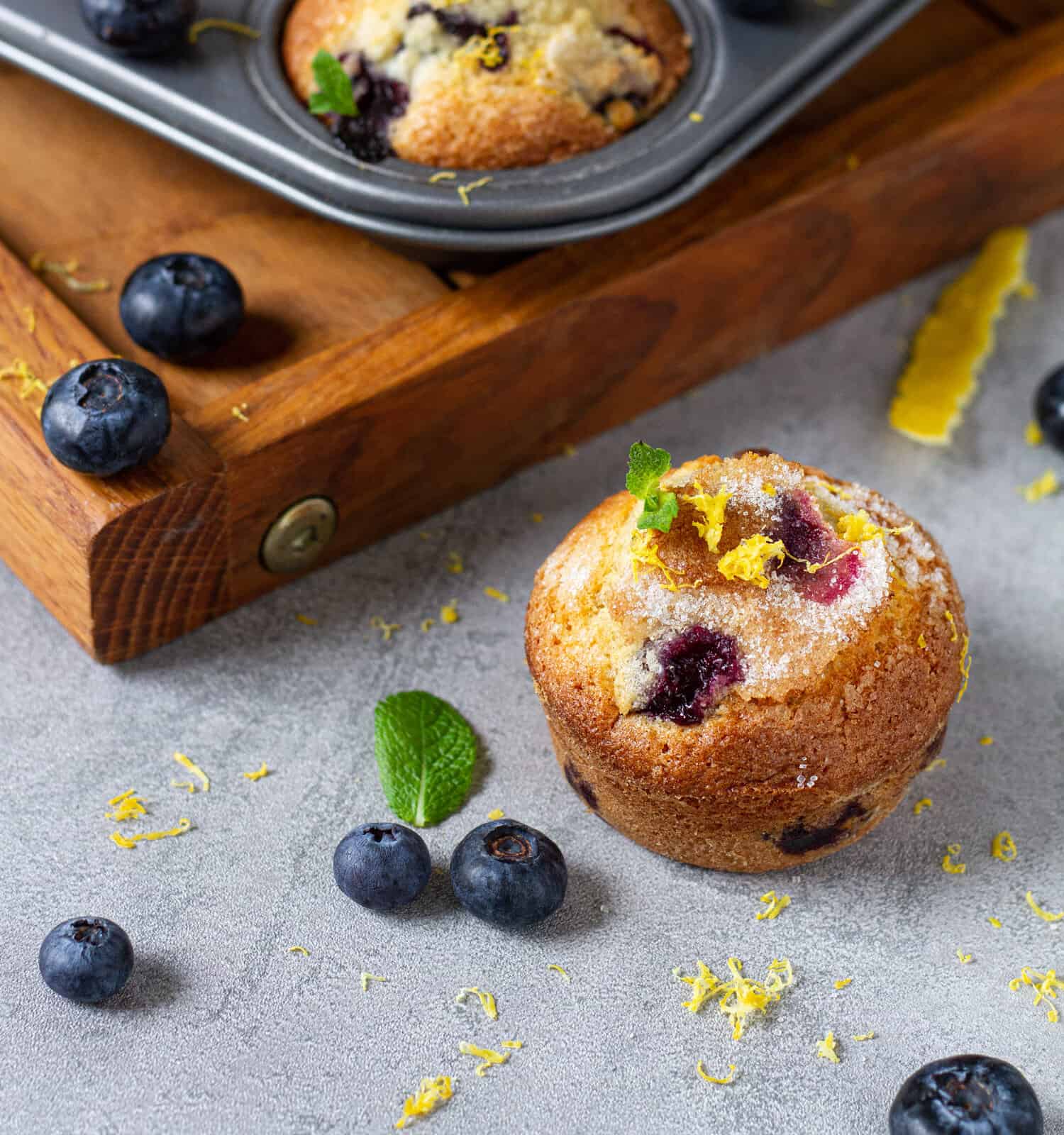
©Anna Vass PH/Shutterstock.com
Glass vs. Metal Bakeware: Key Differences
Most people have a haphazard assortment of metal and glass bakeware stuffed in their kitchen cabinets. But the question is, which is the right choice to use and when? There are times using glass may seem like the right call and times when cooking with metal might seem like the right call and cooking. Here are some of the distinguishing factors of both glass and metal bakeware:
Composition
Glass baking pans are made of tempered, heat-resistant glass that can withstand high oven temperatures. It is non-reactive and does not impart any flavors or odors to your baked foods. Metal baking pans are typically made of aluminum, stainless steel, or both. They are durable and resistant to warping, making them suitable for high-temperature baking.
Rate of Heat Transmission
Glass is a poor conductor of heat, meaning it takes longer to heat up and distributes heat less efficiently. As a result, it may require longer preheating times and can result in slower and more uneven baking. Metal is an excellent heat conductor, quickly and evenly distributing heat throughout the pan. This property promotes faster and more consistent baking.
Browning Effect and Crispy Feel
Glass baking pans promote slower and potentially uneven browning due to lower heat conductivity. However, they can still produce a desirable crust or caramelization on the food's surface. Metal baking pans excel at promoting browning and crisping. The efficient heat distribution helps achieve a golden and crispy exterior on baked goods.
Visual Effect
Glass bakeware allows you to see the food as it bakes, offering the clear visibility needed, hence there is no need to open the oven door. This helps you monitor the progress and prevent overcooking. Metal pans usually do not provide visibility of the food while baking, requiring you to open the oven door to check on the doneness.
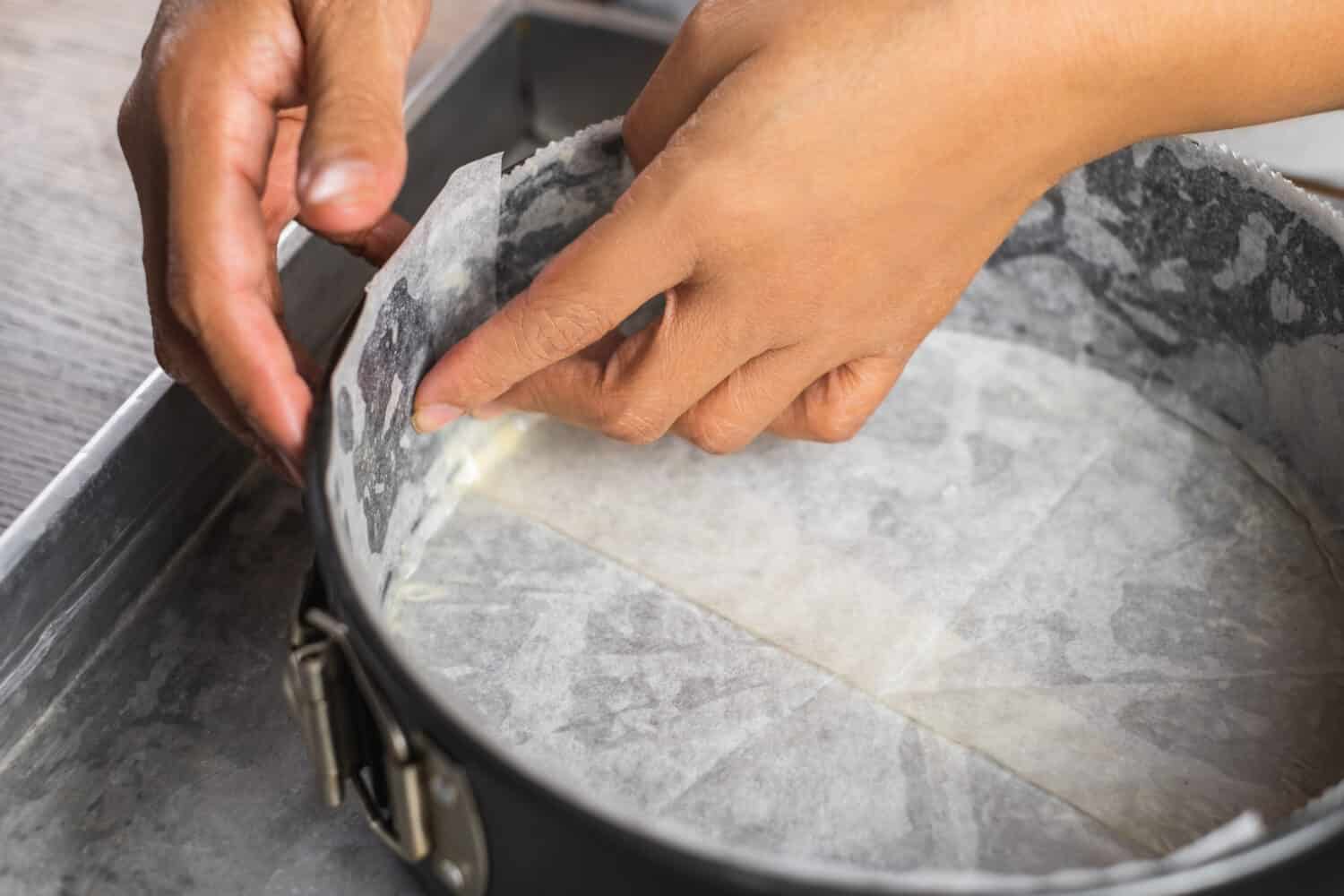
©MrWinn/Shutterstock.com
Glass vs. Metal Bakeware: Care and Maintenance
To keep your glass bakeware in tip-top condition, here are some fundamental safety precautions to take:
- To avoid a potential dinner tragedy, always look up and practice safe handling, heating, cleaning, and storing your bakeware.
- Avoid placing hot dishes straight on wet or non-riveted surfaces.
- Another technique for avoiding cracking glassware is to avoid transporting glass dishes directly from the refrigerator to the oven and vice versa.
- Allow your dishes to come to room temperature first beforehand.
How to Clean a Glass Baking Dish:
In the event that you burned your glass dish when making your favorite meal, don't panic. There is a simple and ready solution to have your squeaky-clean glass dish back. It's no surprise that baking soda is an excellent cleaning agent for cleaning burned glass bakeware. Although baking soda can be used on its own, it works best when coupled with a little dish soap to remove grease.
Sprinkle baking soda and a few squirts of your favorite dish soap over the glass pan, paying special attention to the areas with accumulated, clinging grime. Pour boiling water into the glass baking dish and set aside for 15 to 20 minutes to allow the baking soda and soapy water to dissolve. Scrub gently with a nylon or plastic sponge, then rinse and let it dry.
How to Clean Metal Bakeware
This one is fantastic for both burnt nonstick and aluminum pots, pans, and bakeware! Simply put a tablespoon of baking soda in your pot or pan. Boil the mixture for about 10 minutes after adding a cup of water and 1/2 cup of white distilled vinegar. Scrub gently with a soft cloth. The stain should be removed once it has cooled.
How to Maintain Your Bakeware
Keeping your bakeware clean and well-maintained at all times guarantees its long life, and the overall quality of your baked dishes, and baked food in turn. So, how can you safeguard your bakeware from potential dirt now that it's clean and spotless—like new?
- The longer you leave filth and grease to accumulate, the more difficult it will be to remove.
- Take note of the handles, folds, and corners and pay special attention to them.
- On the glass, avoid using abrasive scouring pads. When possible, avoid using steel wool.
- Soak before scrubbing at all times.
- Hold your glassware up to the light after washing it. This will allow you to see any residual dirt more clearly and rework if need be.
- To help protect your sheet pans, line them with parchment paper or baking sheets before use.
Conclusion
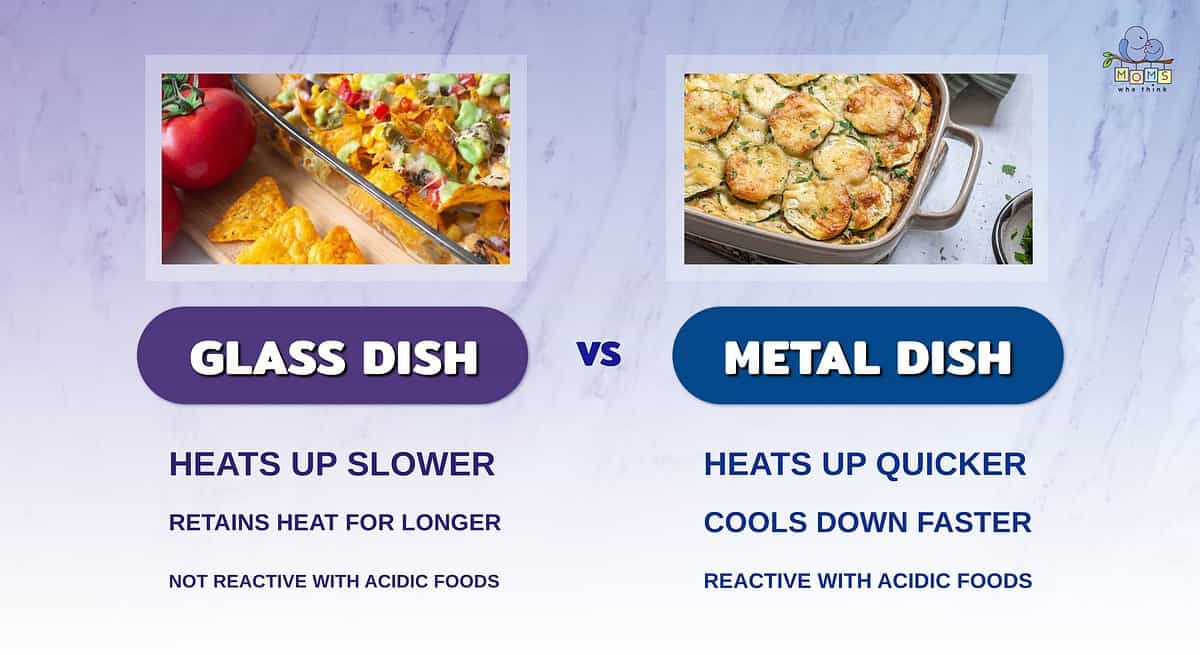
Glass and metal cookware offer unique benefits and convenience when it comes to baking. Glass cookware provides excellent heat distribution and retention, clear visibility of the food, and is non-reactive to acidic ingredients. On the other hand, metal cookware offers quick and even heat distribution, browning and crisping capabilities, and versatility in various baking conditions.
When deciding between glass and metal cookware for baking, you must consider your specific needs and preferences. Glass cookware is ideal for delicate or slow-baking recipes where even heat distribution and visibility is crucial. However, it may require longer preheating time and can result in slower cooking, potentially uneven browning, and all-around uneven cooking!
On the other hand, metal cookware is excellent for recipes that require quick and even heat distribution, browning, and crisping. It is more durable and versatile but may react with certain acidic ingredients and offer limited visibility of the food during baking.
Ultimately, the choice between glass and metal cookware depends on the desired outcome of your baking endeavors. It's recommended to experiment with both cookware types to determine your preferences and find the best fit for your specific recipes.
The image featured at the top of this post is ©Blomsterflickan/Shutterstock.com
